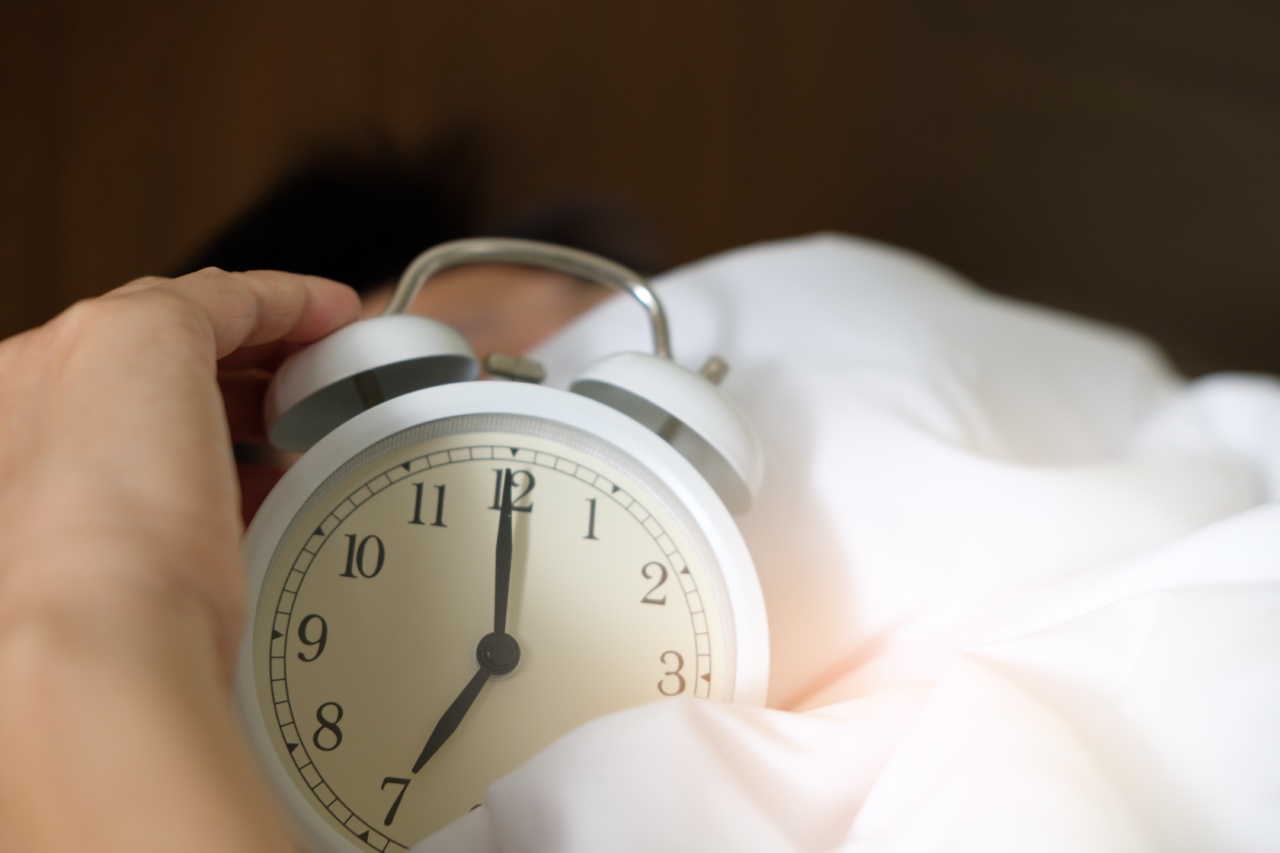Sleep is essential for our health and well-being, yet many of us struggle to get enough of it. The recommended amount of sleep for adults is between seven and nine hours per night, but this can be difficult to achieve for those with busy lifestyles.
Luckily, there are ways to get some extra sleep time in without sacrificing your daily routine. In this article, we will explore the art of snoozing and how you can incorporate it into your life to get the sleep you need.
What is snoozing?
Snoozing is the act of setting your alarm clock earlier than you actually need to wake up, and then hitting the snooze button to get a few extra minutes of sleep.
While some people view snoozing as a bad habit, it can actually be an effective way to catch up on sleep, especially if you struggle to get the recommended amount of sleep each night. Snoozing can also be a helpful technique for those who have trouble falling asleep at night.
Tips for Effective Snoozing
If you want to incorporate snoozing into your daily routine, there are a few tips that can help you get the most out of this technique:.
1. Set your alarm clock earlier than you need to wake up
Setting your alarm clock earlier than you need to wake up can give you some extra time to snooze, without causing you to be late for work or other important appointments.
Try setting your alarm clock 15-30 minutes earlier than your desired wake-up time to give yourself some extra snooze time.
2. Use a comfortable alarm clock
If your alarm clock is jarring or unpleasant to wake up to, you may be less likely to hit the snooze button and get some extra sleep time in.
Try using an alarm clock that has a gentle wake-up feature, such as a gradual increase in volume or a gentle vibration. There are also alarm clocks that simulate a sunrise, which can be a great way to wake up naturally and ease into your day.
3. Keep your alarm clock away from your bed
Placing your alarm clock across the room from your bed can make it more difficult to hit the snooze button and force you to get out of bed to turn it off.
This can help you avoid falling back asleep and give you a better chance of starting your day on time.
4. Use the snooze button strategically
Instead of hitting the snooze button repeatedly, try using it strategically to get some extra sleep time in.
For example, you could set your alarm clock to go off 15 minutes earlier than your desired wake-up time, and then hit the snooze button once or twice to get a few extra minutes of sleep. This can help you feel more rested without disrupting your daily routine.
5. Limit the number of snoozes
While snoozing can be an effective way to catch up on sleep, it is important to limit the number of snoozes you take. Hitting the snooze button repeatedly can disrupt your sleep cycle and leave you feeling groggy and tired.
Try to limit yourself to one or two snoozes per morning to avoid this.
Other Tips for Getting Extra Sleep Time
In addition to snoozing, there are other techniques you can use to get some extra sleep time in:.
1. Create a relaxing sleep environment
Your sleep environment plays a big role in the quality and quantity of sleep you get. Creating a relaxing sleep environment can help you fall asleep faster and stay asleep longer.
Try using blackout curtains to block out light, using a white noise machine to drown out outside noises, and keeping your bedroom temperature cool and comfortable.
2. Stick to a bedtime routine
Sticking to a bedtime routine can help signal to your body that it is time to sleep. Try to go to bed and wake up at the same time every day, and include relaxing activities in your bedtime routine, such as reading a book or taking a warm bath.
3. Avoid stimulating activities before bed
Stimulating activities, such as watching TV or using your phone or computer, can make it harder to fall asleep and stay asleep.
Try to avoid these activities for at least an hour before bed, and replace them with relaxing activities, such as reading or listening to music.
4. Prioritize sleep
If you are constantly sacrificing sleep for work or other activities, it is important to reprioritize your schedule to make sleep a priority. Getting enough sleep is essential for your health and well-being, and should be treated as such.
5. Consider taking a nap
If you are struggling to get enough sleep at night, taking a nap during the day can help you catch up on some much-needed sleep time.
Just be sure to limit your nap to no more than 30 minutes, as longer naps can disrupt your sleep cycle and leave you feeling groggy.
Conclusion
Snoozing can be an effective way to get some extra sleep time in and catch up on rest. However, it is important to use snoozing strategically and limit the number of snoozes you take.
By creating a relaxing sleep environment, sticking to a bedtime routine, avoiding stimulating activities before bed, prioritizing sleep, and considering taking a nap, you can get the sleep you need to feel rested and refreshed.





























